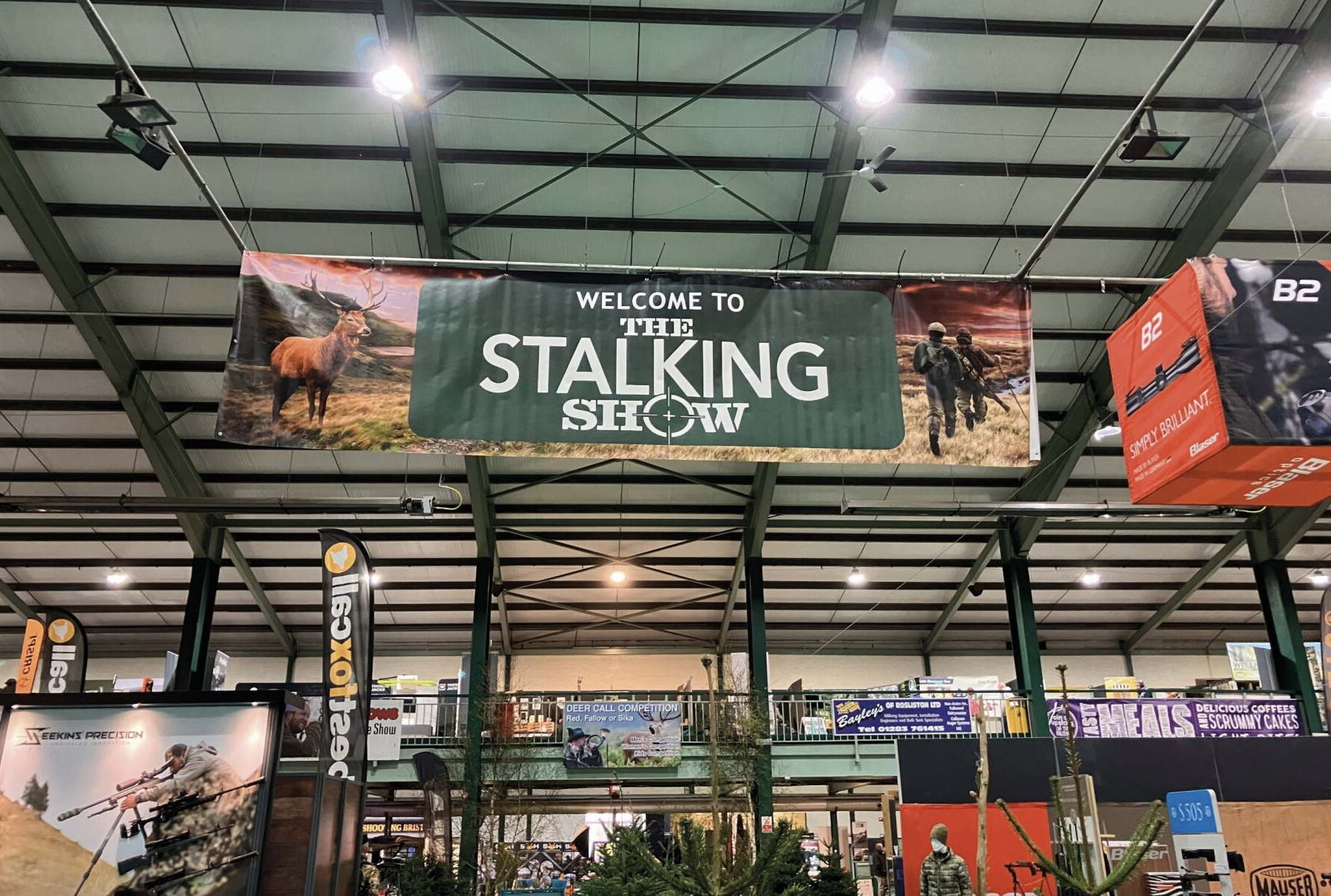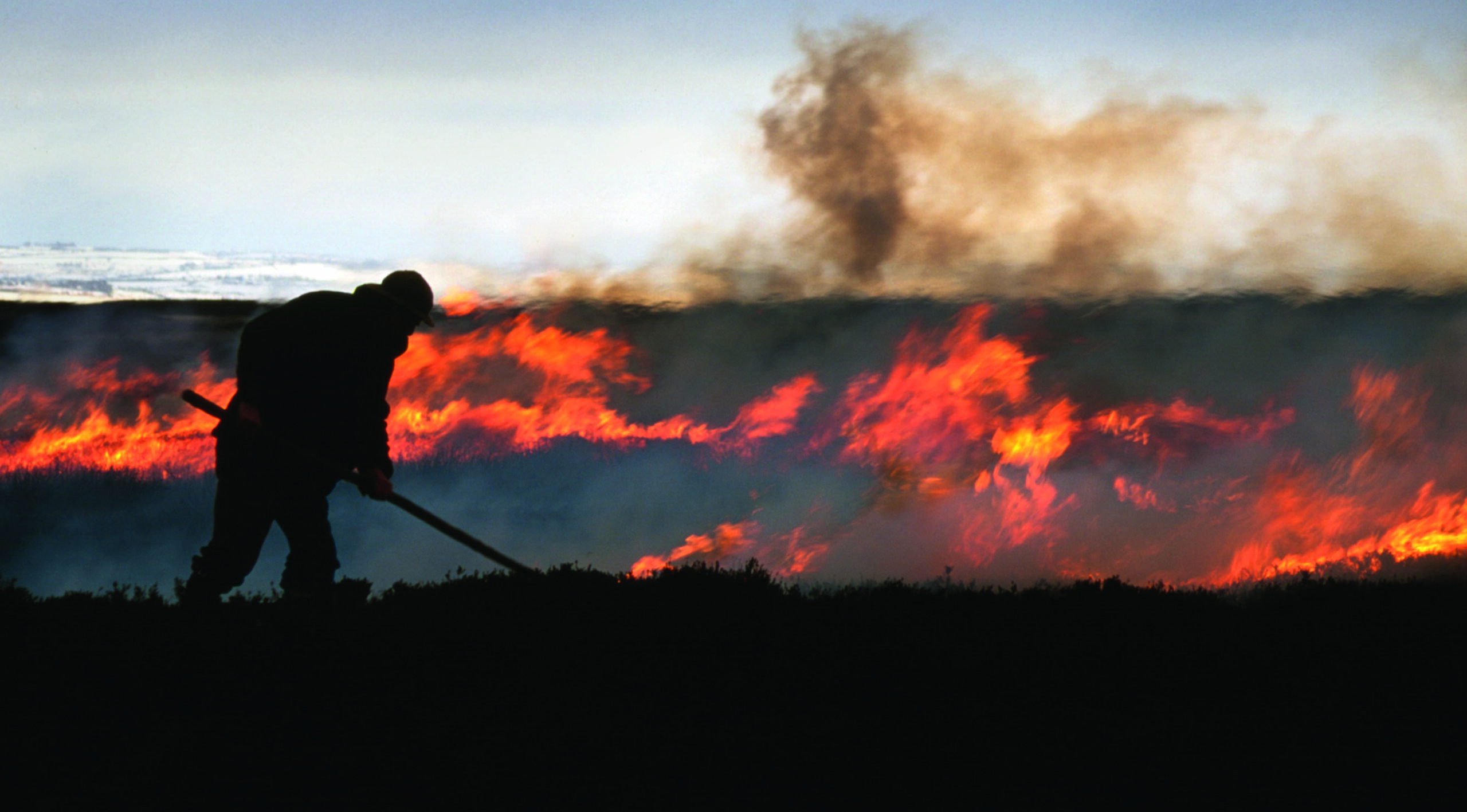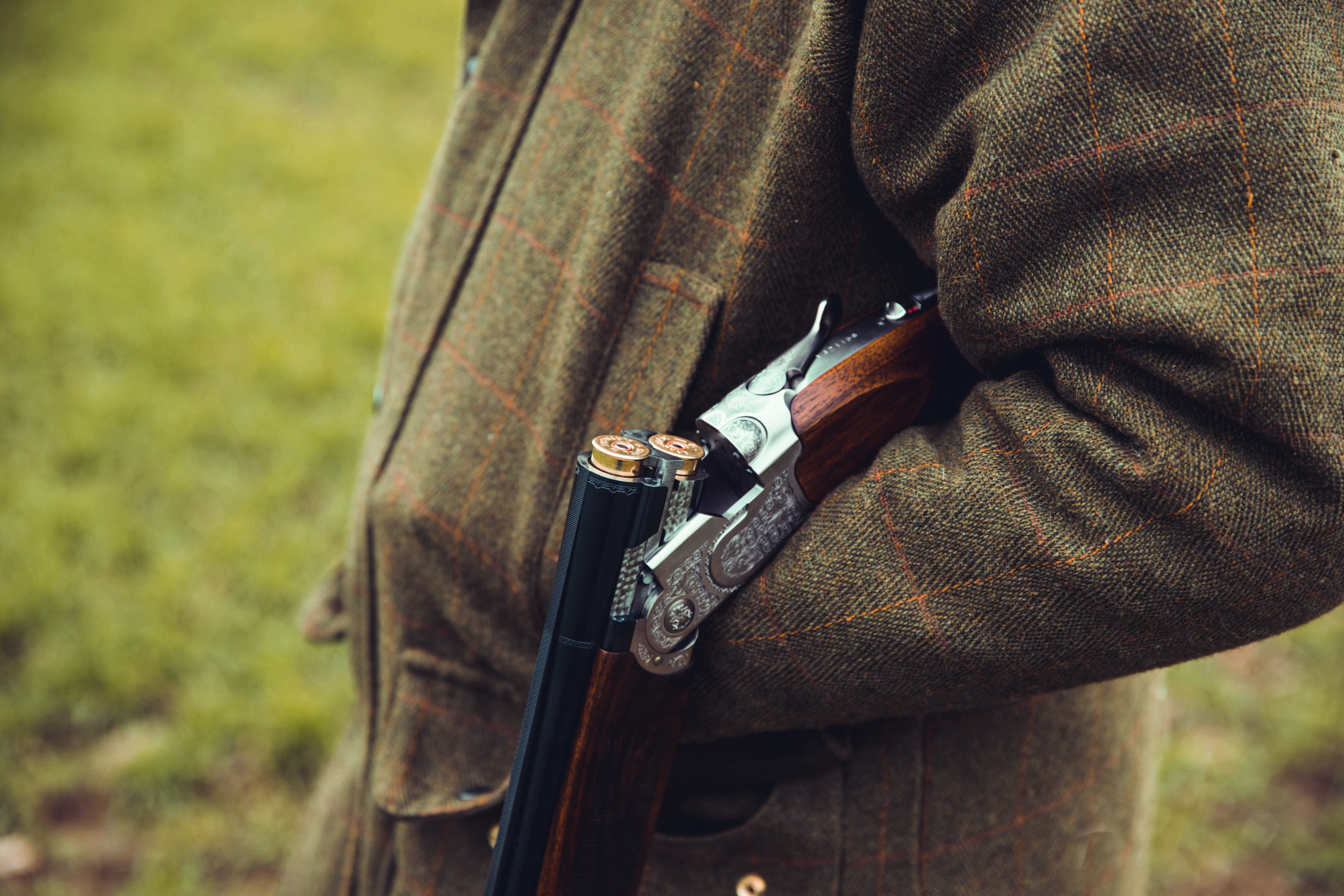GWCT study reveals top 10 insect foods
Anew study by the Game & Wildlife Conservation Trust (GWCT) has found that 10 per cent of wild flowers deliver 90 per cent of the food for insects in the countryside. It concludes that the key to success in reversing the decline of farmland birds and bees is to switch from grass to legumes, including clover and flowers from the pea family, in conservation strips.
Previous GWCT research had shown that farmland bird chicks are struggling to find sufficient food on farmland despite a huge effort to improve habitats for wildlife. For example, young grey partridge chicks need at least 2,000 insects a day to survive when they first hatch. If the right insect-rich habitats are not created, young chicks starve to death.
The latest study investigated three types of seed mix for field margins: grass, wild flowers and a legume-based mix. Of the three, the legume-based mix attracted both the highest number of pollinators and the greatest weight of insects eaten by farmland birds ? almost twice that of the grass or wild flower margins. From the 39 different flowering plants recorded in the study, only 22 were visited by the pollinators and just 10 accounted for 90 per cent of the visits.
The rest of this article appears in the 21st December issue of Shooting Times.
What is YOUR opinion?
Join other ST readers in our forums to discuss your views.
Like this article? Mark this page on a social bookmarking website…
![]()








